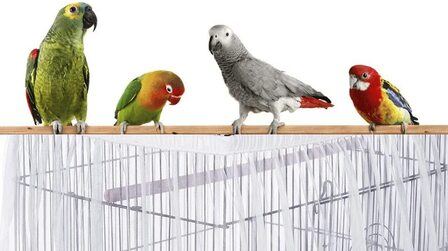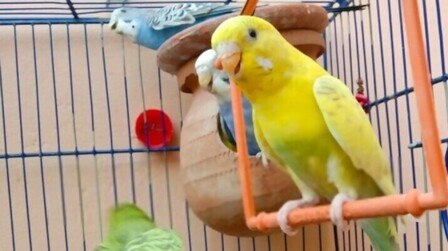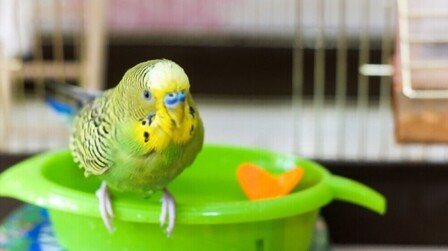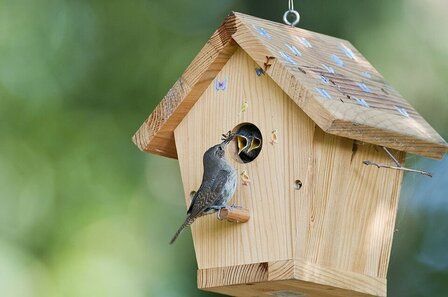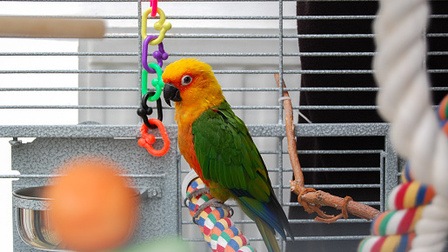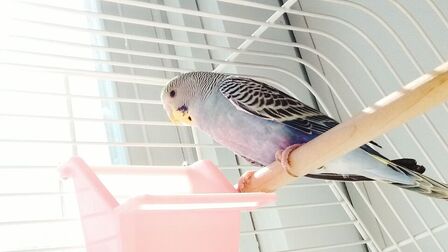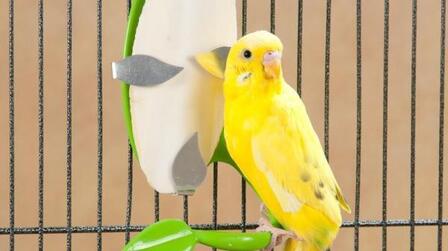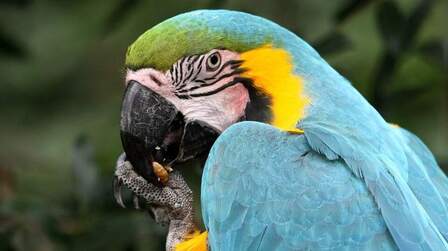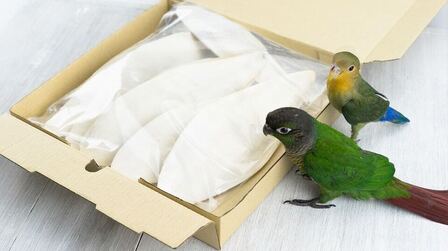There are certainly many things you need to know when owning a pet bird. As they need proper care and owners must be familiar with all their needs and requirements. For birds to sleep properly, you must provide them with a warm and safe place to sleep. For this, many owners opt to cover the birdcage with a lid. So what are the benefits of bird cage covers? Is it necessary? The answer depends on the situation and the bird species as there are so many variables involved.
1. Why should they cover the cage?
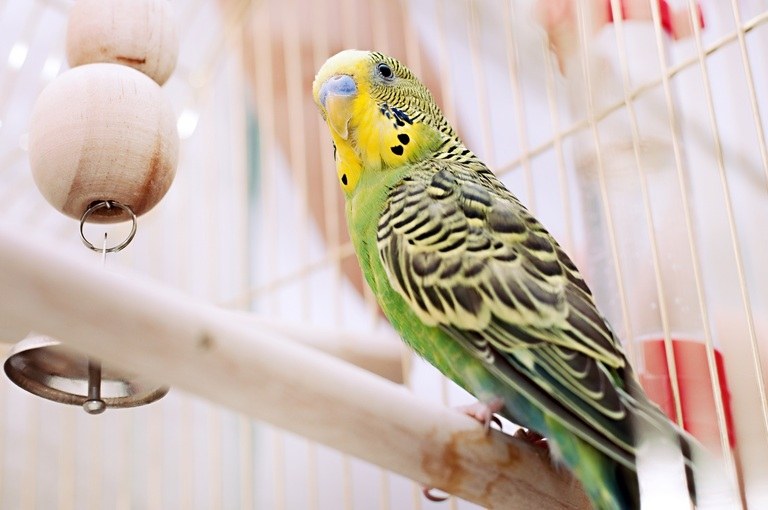
Usually parrots in the wild sleep or live in holes in trees, called nest holes. There are nearly 85 different species of birds in North America that also use nesting holes. By destroying the habitats where birds settle or creating nesting holes. It has turned to find sometimes called ledges and is mainly made up of decaying or dead trees.
Often these nest holes sometimes develop on a tree from a dead branch and fall off the tree due to decay from within the tree. Every hole in the tree has been excavated by other creatures and abandoned for various reasons. Their mission will be to take over the abandoned nest cavity and customize it by chewing on rotting wood, making it large, or simply fitting them.
In general, these nest cavities are dark and protect birds at night, providing a safe place to lay eggs and raise young. At the same time, prevent rain from the bird family as well as shields them from the wind.
If you think about the natural direction, so that your bird is most comfortable, using a cage cover is very useful. At the same time, it shelters the bird from any ambient light in the house as well as allows your bird to sleep without any drafts caused by the air conditioner or air purifier.
2. Benefits of bird cage covers
Regulating bird sleep

The pet bird's sleep mode can be maintained through the cage covers. Like a bird unfamiliar with the time zone in your area, the bird's sleep patterns are different from yours. The cage cover helps you regulate their sleep mode.
Leave the cage uncovered during the day and cover the cage only at night. This way the bird will get used to sleeping only at night. Birds' sleep is often disturbed for a variety of reasons. As if there was background noise at night. Covering at night will force them to sleep because it will be dark. Most birds are very sensitive, so noise and soft light can keep them from sleeping.
Increase the ability to warm the cage space
As you know, the coating will prevent air from entering their cage. Winter nights are cold for parrots. The heating system must not block the air. A thick and large cage cover will help provide an extra layer of cover to protect them. It acts as a blanket and protects the baby from the cold winter.
Safe bird protection

These birds are very sensitive to light and sound, so their protection is essential. You can keep out all light by covering its cage at night. That way, you can help your bird not be stressed by light and sound.
3. Some issues considering the bird cage cover
Stressed birds
These are birds that can become stressed out if they are not used to covering up.
Birdcage cover

Sometimes the covering is making them scared or wary. In addition, at night, if covered and scared, they will sound and act hysterically. In addition, they can harm themselves if they are too scared. As a result, improperly covering birds can cause them mental and physical harm.
Depends on the cover

4. Important things to remember before buying bird cage covers
You should look for a light and airy fabric when covering the cage to ensure that air still passes through the cage.
You only cover 3 sides of the square or rectangular cage, you leave one side open. It ensures that air can still circulate freely in and out of the cage even though three sides of the cage are covered.
Or you can place the cage away from the wall when you are covering for more airflow.
Always make sure the cover in use is cleaned regularly to prevent any harmful bacteria from getting close to the bird at night while it is sleeping.
Never expect the cover to completely block out the sound the TV emits when you watch movies and shows at night.
Covering the birdcage should not be a form of punishment for birds and should not be used to prevent them from making an annoying scream.
5. Types of bird cage covers
Night bird cage cover

As I know that it stands for a night and is also the most common type and is likely what you need. The cover is full dark color and provides plenty of privacy for your bird.
Day bird cage cover
Same as night covers, but they usually do not block out all of the sunlight and provide privacy and UV protection during the day.
Catch bird cage cover

It is a type of cover that goes around the bottom of the cage and keeps droppings and other server materials inside. It has a thin structure and does not restrict airflow throughout the enclosure.
6. How to choose bird cage covers?

Birdcage shell weight
While weight is not the most important factor when choosing a bride cage cover, it should be based on regular use of the cover, it should be simple to put on and take off. When the construction of the material is heavy or stiff, covering the cages is difficult.
Ventilation in the bird cage cover
Consider ventilation when choosing a bird cage cover. Poor ventilation makes it harder for your pet to breathe and increases the warmth in the cage. In many cases, the bird may tug at the cap and poke a hole in it to let you know they don't like it. You can also easily remove the cover in some cases.
Access to birdcage of cover
One thing to think about before determining what you buy is how easy it is to get into the cage after the cover is on. On commercial, several coverings include huge flaps or doors on the inside that provide access. The best key thing is to align these flaps with the cage’s doors. By the way, if you are not sure, some manufacturers have wide apertures that could expose the entire cage rather than just a small portion.
Conclusion
At any time night, or day,... a cage cover is used to simulate a nesting chamber. Not only does it protect the bird from any ambient light in the house, but it also allows the pet bird to sleep without being disturbed by drafts generated by the air conditioner or air purifier.
On the other hand, you can avoid night terrors by shielding your bird at night. To maintain good health, birds need about 12 hours of good and quality sleep each night. High-intensity light and noise can disrupt the relaxation cycle. So many owners choose to leave their birds covered at night. Instead of using a thick, heavy wool blanket, use a lightweight, single-layer blanket or blanket to cover the cage instead. Always take care to use a fabric that is similar to the bed sheet and is breathable. Cotton or a cotton blend is usually sufficient.





